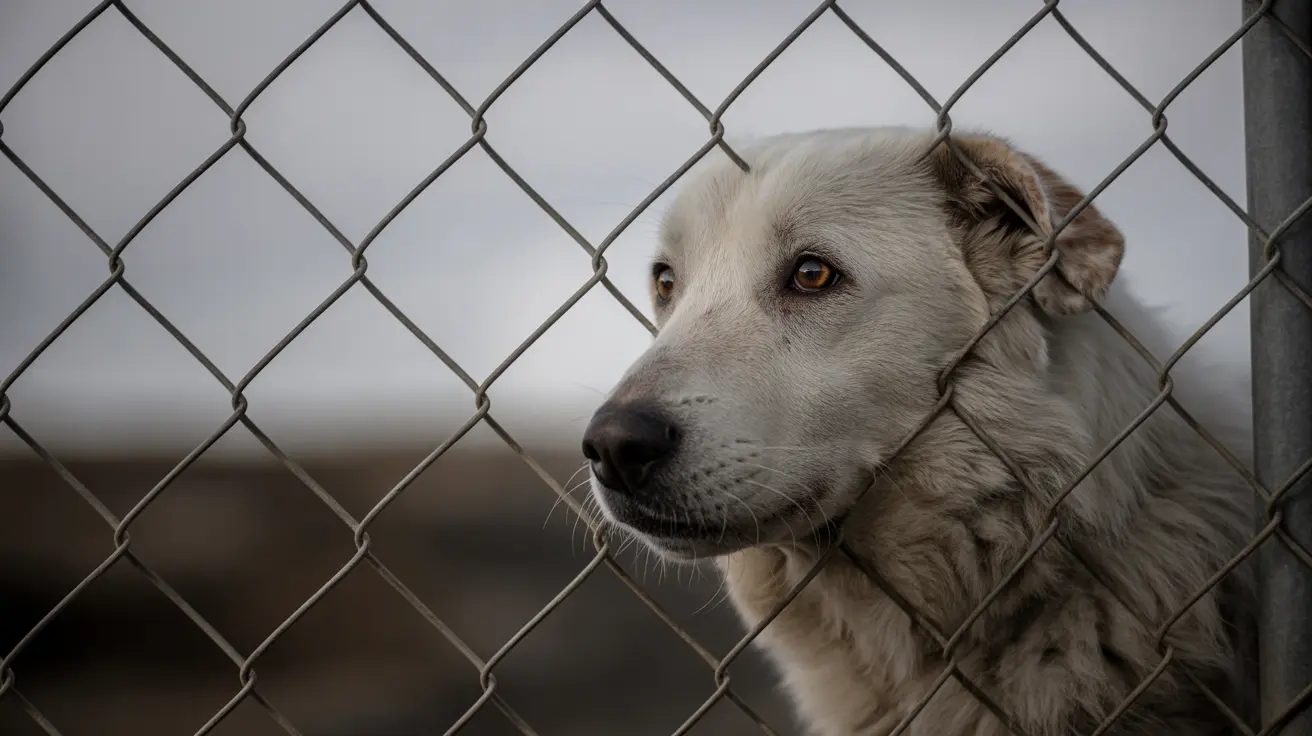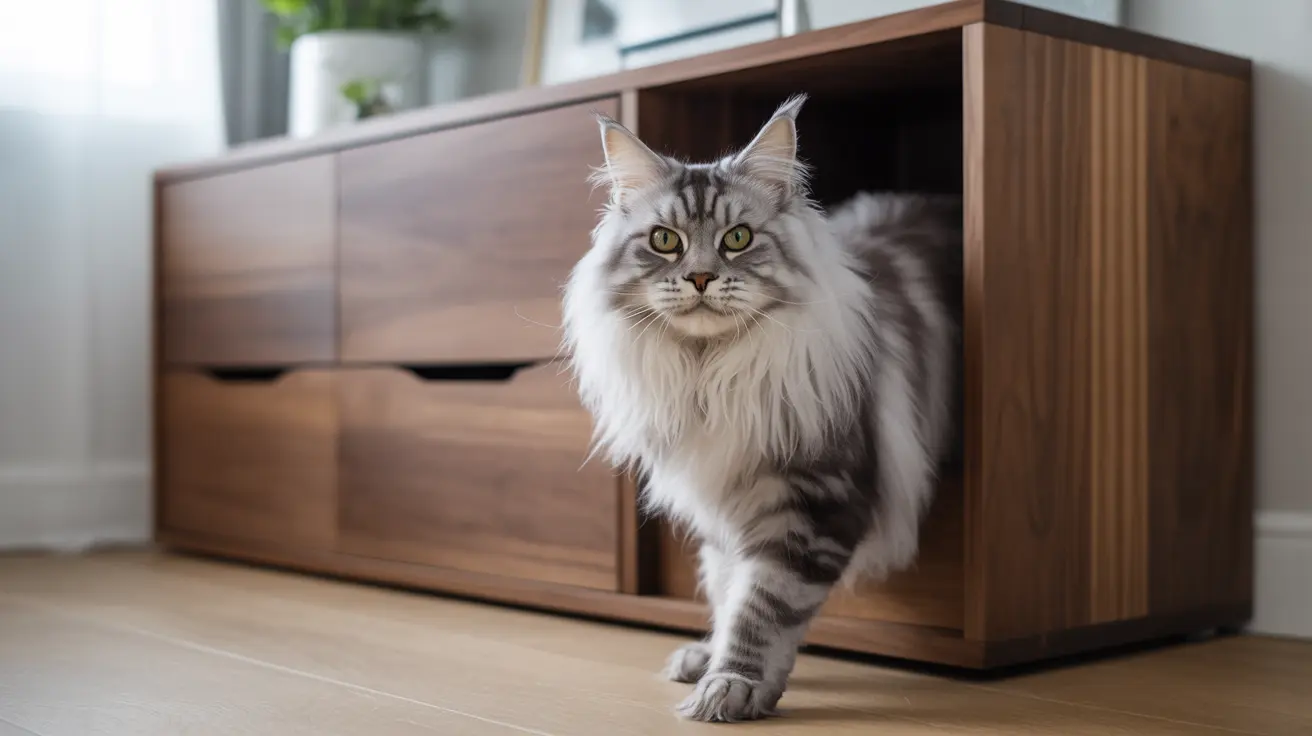How to Make Veterinary Visits Calmer for Pets and Owners: A Complete Guide to Stress-Free Vet Appointments
Veterinary visits are essential for maintaining your pet's health, yet they can be overwhelming experiences for both animals and their owners. Many pets show signs of anxiety ranging from trembling and panting to more severe behaviors like aggression or withdrawal. The good news is that with proper preparation, training techniques, and understanding of your pet's needs, you can transform these necessary appointments into calmer, more positive experiences.
Understanding why pets become stressed at veterinary clinics is the first step toward creating better experiences. The combination of unfamiliar sounds, smells, strange people, and the memory of previous medical procedures can trigger fear responses in even the most well-socialized animals. However, by implementing proven strategies and maintaining a calm demeanor yourself, you can significantly reduce your pet's anxiety and make veterinary visits more manageable for everyone involved.
Understanding Pet Anxiety at Veterinary Visits
Recognizing the signs of stress in your pet is crucial for addressing their anxiety effectively. Different species and individual animals express stress in various ways, and understanding these signals helps you respond appropriately.
Signs of Stress in Dogs
Dogs typically display stress through a combination of physical and behavioral indicators. Common signs include pacing around the waiting room or examination area, developing a wrinkled brow, excessive panting even when not hot, increased salivation, repetitive yawning, and continuous lip licking. Many dogs also engage in self-calming behaviors like excessive sniffing, while others become vocal through barking or whining.
More subtle signs of anxiety in dogs include avoiding eye contact, trembling, raising a front paw, looking away from stressful stimuli, and attempting to hide behind their owners. Some dogs may display dilated pupils, ears held back or to the side, and increased breathing rates. Understanding these communication signals allows you to intervene before anxiety escalates.
Signs of Stress in Cats
Cats often express stress differently than dogs, with many behavioral changes that can be easy to miss. Stressed cats frequently engage in hiding behaviors, obsessive grooming that goes beyond normal cleaning, and inappropriate elimination such as urinating or defecating outside their litter box or carrier. Vocal signs include growling, hissing, or excessive meowing.
Physical indicators in cats include dilated pupils, ears tucked back against their head, excessive twitching or swishing of their tail, hair standing on end, crouching in defensive postures, and complete freezing or attempts to escape. Cats may also display aggressive behaviors when they feel cornered or overwhelmed by the veterinary environment.
Preparing Your Pet at Home
The foundation for calmer veterinary visits begins at home through consistent preparation and training. Regular handling exercises and desensitization techniques can significantly improve your pet's tolerance for veterinary examinations.
Handling and Touch Training
Practice handling exercises regularly to help your pet accept restraint and examination. Focus on areas that veterinarians commonly examine, including paws, ears, mouth, belly, and tail, always accompanying these sessions with lots of praise and high-value treats. This positive association helps your pet understand that being touched in these areas leads to good things.
For pets that are particularly touch-averse, implement systematic desensitization and counterconditioning techniques. Start by simply reaching toward the sensitive area without touching, then immediately provide a treat. Gradually progress to brief touches, then longer handling sessions, always ensuring your pet remains calm and rewarded throughout the process.
Carrier and Travel Preparation
For cats especially, transforming the carrier from a source of stress into a safe space is essential. Leave the carrier out at home regularly, making it comfortable with soft blankets, favorite toys, and occasional treats. This helps create positive associations rather than the carrier only appearing before stressful events.
Ensure all pets are safely secured during car travel, using appropriate harnesses, carriers, or crates. Practice short car rides that don't end at the veterinary clinic to help your pet become comfortable with vehicle travel without associating it exclusively with vet visits.
Creating a Calm Environment
Your emotional state significantly impacts your pet's behavior and stress levels. Pets are remarkably sensitive to their owner's anxiety and tension, often mirroring these emotions in their own behavior.
Managing Your Own Anxiety
Maintaining a calm, relaxed demeanor is crucial for keeping your pet comfortable. Avoid showing excessive pity or worry, as these emotions can actually increase your pet's anxiety and vocal distress. Instead, use soft tones, slow movements, and confident body language to reassure your pet that everything is under control.
Consider playing calming music or white noise during travel and while waiting. Pack spare bedding or familiar items that smell like home to provide comfort in the unfamiliar environment. Some owners find that calming sprays or pheromone products used in carriers before visits can help create a more relaxing atmosphere.
Utilizing Happy Visits
Schedule "happy visits" to the veterinary clinic where your pet receives treats, attention, and positive interactions without any medical procedures. These visits help create positive associations with the clinic environment and staff, making actual medical appointments less stressful.
During happy visits, allow your pet to explore the waiting area, receive treats from staff members if appropriate, and simply experience the clinic as a pleasant place. Many veterinary teams are happy to accommodate these visits as they contribute to better patient care overall.
Day of Visit Strategies
Proper preparation on the day of your veterinary appointment can make a significant difference in your pet's stress levels and the overall success of the visit.
Pre-Visit Preparation
Schedule appointments early in the day when possible to avoid packed waiting rooms and reduce your pet's exposure to other anxious animals. Many clinics will accommodate requests to wait in your car or outside until it's time for your appointment, which can be much less stressful than crowded waiting areas.
Bring your pet to the appointment slightly hungry so they're more motivated to accept treats and distractions. Pack a variety of high-value treats, favorite toys, or interactive feeding toys that can keep your pet occupied and create positive associations during the visit.
During the Appointment
Remain actively involved in your pet's care by staying present during examinations when possible. Feed treats throughout the examination, help hold or comfort your pet as directed by the veterinary team, and maintain calm, encouraging communication.
Keep your body language relaxed and avoid tension in the leash or your posture. Engage your pet in familiar tricks or games they enjoy, and allow them to sniff and investigate their surroundings when safe to do so, as this natural behavior helps reduce stress.
Desensitization and Counterconditioning Techniques
Systematic desensitization is one of the most effective methods for reducing fear and anxiety related to veterinary visits. This training approach involves gradually exposing your pet to veterinary-related stimuli while maintaining their comfort and building positive associations.
Understanding the Process
The goal of systematic desensitization is to identify and present fear-inducing elements separately so your pet can learn to relax in their presence. For example, if your pet is terrified at the veterinary hospital, the fear might stem from the sight of veterinarians in white coats, the smell of disinfectant, proximity to other anxious animals, or memories of receiving injections.
Begin by presenting these stimuli at a level that arouses interest without causing fear. Family members can wear white coats at home while handling, playing with, and rewarding your pet. Practice placing your pet on elevated surfaces like tables while rewarding calm, relaxed behavior.
Progressive Training Steps
Start each training session several levels below where the previous session ended, and keep sessions short to maintain your pet's attention and ensure progress. Use positive reinforcement consistently, rewarding calm body postures and relaxed facial expressions with special, high-value treats.
If your pet's fear is triggered by specific items like syringes, introduce toy versions during play and feeding times. Hide the stimulus while your pet is engaged with treats or toys, gradually increasing exposure as comfort levels improve. Never rush this process, as moving too quickly can increase anxiety rather than reduce it.
Working with Your Veterinary Team
Choosing the right veterinary clinic and communicating effectively with your veterinary team are essential components of creating calmer visit experiences.
Selecting the Right Clinic
Look for veterinary teams trained in stress-minimizing approaches such as Fear Free® or Low Stress Handling® techniques. These programs specifically train veterinary professionals to recognize and minimize stress in their patients through environmental modifications and gentle handling techniques.
Many modern veterinary clinics design their spaces to reduce pet stress, incorporating features like separate entrances for cats and dogs, calming pheromone diffusers, non-slip surfaces, and quieter equipment when possible.
Communication Strategies
Be honest with your veterinary team about your pet's anxiety levels and previous experiences. Provide detailed information about what triggers your pet's stress and what calming techniques work best. Bring all relevant medical documents, vaccination records, and medication details to ensure accurate diagnosis and treatment planning.
Don't hesitate to advocate for your pet if fear escalates during a visit. Request sedation or alternative handling methods for necessary procedures, and ask about anti-anxiety medications that can be given at home before future visits.
Special Considerations for Different Pets
While the basic principles of stress reduction apply to all pets, different species and individual animals may require specialized approaches to veterinary visit preparation.
Cat-Specific Strategies
Cats often benefit from staying in their carriers during veterinary visits rather than being removed into the unfamiliar examination room environment. This provides them with a safe retreat space and reduces their exposure to overwhelming scents and sounds from other animals.
Consider scheduling appointments during quieter clinic hours, and ask about separate cat-only waiting areas or examination rooms if available. Some cats respond well to being covered with a towel during examinations, as this can help them feel more secure.
Dog-Specific Approaches
Dogs may benefit from learning to wear a basket-style muzzle as a positive training experience, which can reduce the need for physical restraint during examinations and make procedures safer for everyone involved. Practice muzzle training at home using treats and positive associations.
Teach dogs specific behaviors that make examinations easier, such as standing and staying on cue, going to a designated mat or bed, and nose targeting behaviors that can help with positioning and distraction during procedures.
When to Consider Medical Intervention
Sometimes, despite your best preparation efforts, pets may require additional support to manage severe anxiety during veterinary visits.
Anti-Anxiety Medications
Consult with your veterinarian about anti-anxiety medications or mild sedatives that can be administered at home a few hours before veterinary appointments. These medications can significantly improve your pet's welfare and enable proper examination and treatment.
Your veterinarian may also recommend calming supplements, pheromone sprays, or other natural anxiety-reducing products that can be used in conjunction with behavioral training techniques.
Recognizing Severe Cases
If your pet shows signs of extreme stress such as complete shutdown, aggressive behavior that poses safety risks, or if anxiety prevents necessary medical care, professional intervention may be needed. Some pets may require sedation for routine procedures, and this is a valid medical decision that prioritizes their welfare.
Frequently Asked Questions
How early should I start preparing my pet for veterinary visits?
Start preparation as early as possible, ideally when pets are young. Puppies and kittens benefit from gentle handling exercises from a young age, including touching paws, ears, mouth, and other body parts regularly. However, it's never too late to begin desensitization training with older pets, though the process may take longer.
What should I do if my pet refuses treats during veterinary visits?
If your pet refuses treats during a visit, this typically indicates high anxiety levels. Try using even higher-value treats like small pieces of cooked chicken or cheese, or consider that the environment may be too stressful for your pet to eat. This is a sign to slow down the desensitization process and possibly discuss anti-anxiety medication with your veterinarian.
How can I tell if my pet's stress is severe enough to warrant medication?
Consider medication if your pet shows extreme signs of distress such as aggression, complete shutdown, excessive panting or drooling, or if anxiety prevents necessary medical examinations and treatments. Physical symptoms like trembling, dilated pupils, or loss of bladder control also indicate severe stress that may benefit from medical intervention.
Should I stay with my pet during veterinary procedures?
In most cases, staying with your pet during examinations and minor procedures can help keep them calm, provided you remain relaxed and positive. However, some pets may become more anxious when their owners are present, especially if the owner is visibly worried. Discuss with your veterinary team what works best for your specific pet.
How long does it typically take to see improvement in my pet's veterinary anxiety?
The timeline for improvement varies significantly depending on the severity of your pet's anxiety and consistency of training. Some pets show improvement within a few weeks of regular desensitization training, while others may take several months. Severe cases may require ongoing management rather than complete resolution of anxiety.
Can I request specific accommodations for my anxious pet?
Yes, many veterinary clinics are willing to accommodate anxious pets when possible. You can request appointments during quieter hours, ask to wait in your car instead of the waiting room, request specific examination rooms, or ask for extra time during appointments. Communicate your pet's needs clearly when scheduling.
What should I do if my pet becomes aggressive at the veterinary clinic?
If your pet shows aggressive behavior, prioritize safety for everyone involved. Inform the veterinary team immediately, and don't hesitate to request a basket muzzle or sedation for necessary procedures. Most veterinary aggression is fear-based rather than dominance-related, and proper handling techniques can usually manage these situations safely.
Conclusion
Creating calmer veterinary visits for both pets and owners requires patience, preparation, and consistent effort, but the results significantly improve your pet's welfare and the quality of medical care they receive. By understanding your pet's stress signals, implementing proper desensitization techniques, maintaining your own calm demeanor, and working collaboratively with your veterinary team, you can transform these necessary appointments from stressful ordeals into manageable experiences.
Remember that every pet is unique, and what works for one animal may not work for another. Be patient with the process, celebrate small improvements, and don't hesitate to seek professional guidance when needed. With time and consistent effort, most pets can learn to tolerate and even enjoy their veterinary visits, leading to better health outcomes and stronger relationships with their healthcare providers.






